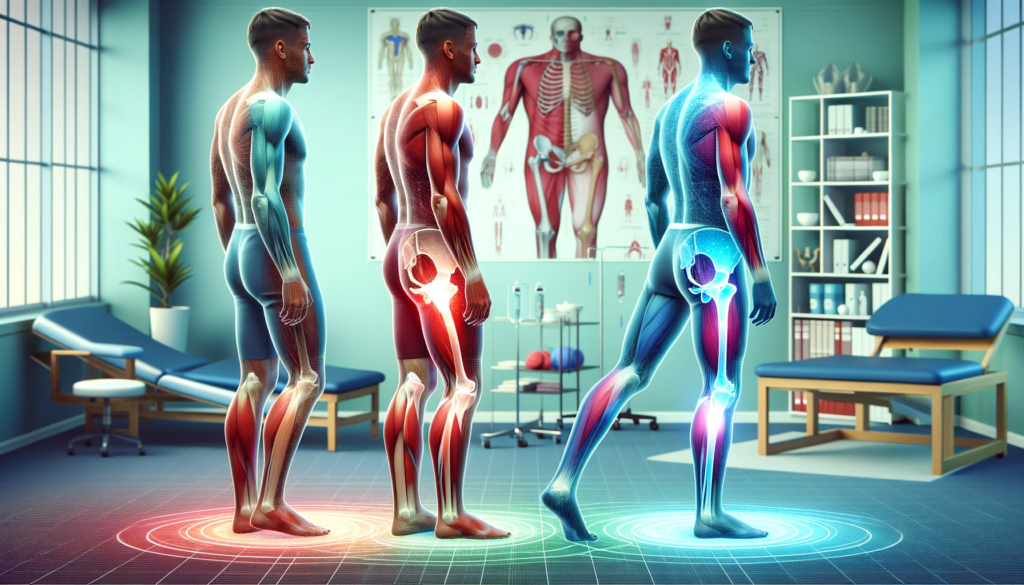Hamstring injuries, prevalent in both athletic and general populations, vary in severity and require tailored treatment approaches. This article delves into the specific characteristics and treatment options for different grades of hamstring injuries, providing a clear understanding for those unfamiliar with these terms.
Grade 1 Hamstring Injury: Mild Strain
Grade 1 injuries are the least severe and involve minor stretching or microscopic tears of the hamstring muscles. These injuries typically present with mild pain and discomfort, but do not significantly impair muscle strength or function.
Treatment Options:
- Rest and Ice: Immediate rest and ice application are crucial to reduce inflammation and pain.
- Gentle Stretching: Once pain allows, gentle stretching exercises aid in maintaining flexibility and prevent stiffness.
- Strengthening Exercises: Light exercises that gradually strengthen the hamstring without straining the delicate healing tissues.
- Activity Modification: Temporary avoidance of strenuous activities that could exacerbate the injury.
Grade 2 Hamstring Injury: Moderate Tear
A Grade 2 injury involves a more significant partial tear of the muscle fibers, resulting in moderate pain and swelling. Individuals with this type of injury often experience pain during walking and noticeable loss of strength.
Treatment Options: Different Grades of Hamstring Injuries
- Extended Rest: A longer rest period is essential for the healing of the torn muscle fibers.
- Compression and Elevation: Used alongside ice to manage swelling and aid in the healing process.
- Physical Therapy: Professional guidance from a physiotherapist helps ensure proper recovery and avoid complications.
- Controlled Exercise Program: A structured exercise regimen gradually reintroduces strength and flexibility under supervision.
Grade 3 Hamstring Injury: Severe Tear
Grade 3 injuries are the most severe, characterized by a complete tear or rupture of the hamstring muscles. These injuries result in intense pain, significant swelling, and a complete loss of muscle function.
Treatment Options:
- Immediate Medical Attention: Prompt evaluation by a medical professional is necessary for an accurate diagnosis and treatment plan.
- Surgical Intervention: Surgery is required to repair the completely torn muscle.
- Long-term Physical Therapy: Post-surgery or initial healing, extensive physical therapy is vital for regaining full muscle function.
- Gradual Rehabilitation: A careful, step-by-step rehabilitation process is necessary to ensure a safe return to normal activities.
You may also read: Hamstring Injuries: Causes, Grades, and Recovery Time
Prevention and Ongoing Care
Preventive measures are important for all grades of hamstring injuries and include:
- Regular Stretching: Consistent stretching exercises maintain muscle flexibility, reducing the risk of future injuries.
- Strength Training: Building strength in the muscles surrounding the hamstring provides stability and support.
- Proper Warm-up: Adequate warm-up exercises before physical activities prepare the muscles and reduce injury risk.
- Conclusion
Recognizing the differences in treatment for various grades of hamstring injuries is crucial for effective recovery and prevention of future issues. From mild strains to complete tears, each grade requires a specific treatment plan. Always consult a healthcare professional for personalized advice and treatment recommendations.

